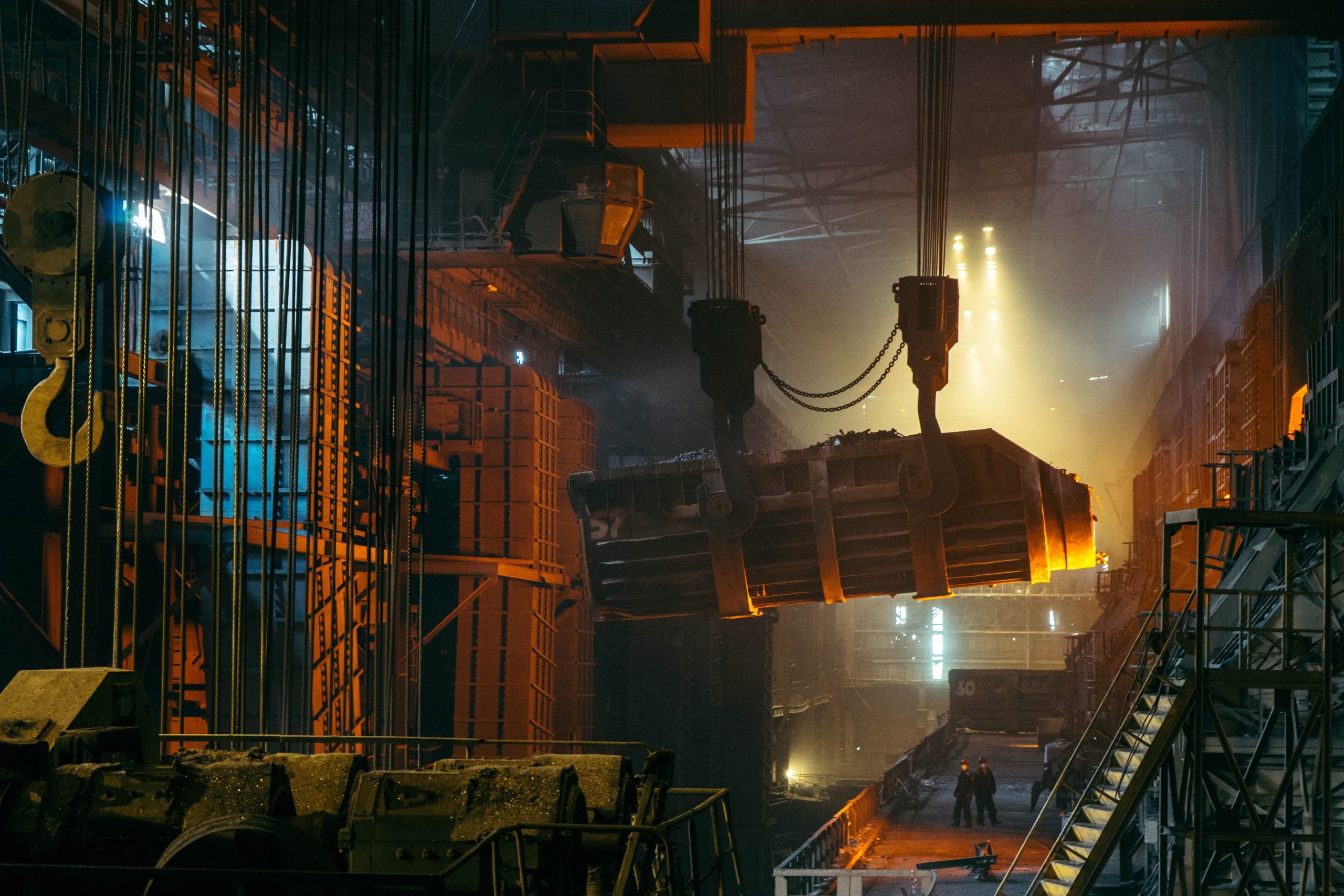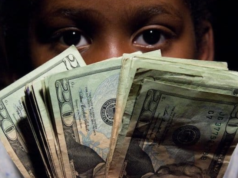The economists at the finance ministry have ended their new monthly review of the Indian economy with a bold statement, that the stage is now set for the Indian investment cycle to get a kickstart. The subtext in this statement is that the splendid economic recovery we have seen in recent months will need an investment revival to become sustainable. Preconditions for a revival in private-sector spending on new capacity seem to be in place, but there are still obstacles to be overcome. This column had said in October 2018 that the Indian investment cycle had begun to turn. We now know how that episode of crystal ball gazing went!
India has seen the longest period of weak investment activity in several decades. Economists at the Reserve Bank of India (RBI) had shown in a 2018 paper that the typical Indian investment cycle lasts for 12 quarters—with seven quarters of a rising investment rate followed by five quarters of an investment downturn (India’s Investment Cycle: An Empirical Investigation by Janak Raj, Satyananda Sahoo and Shiv Shankar, Reserve Bank of India working paper). The magnitude of Indian investment downturns has lengthened after the 1991 reforms, but the current one is a clear outlier. It is now close to a decade since private-sector investment fell off a cliff. The fall in the investment rate has led to a decline in potential growth, or the rate at which the Indian economy can expand without lighting an inflationary fire.
The private-sector investment cycle in India is sensitive to many other economic variables, among them capacity utilization, corporate leverage, real interest rates, domestic financial savings, global growth and government policy. How does each of these variables look as the second year of the pandemic draws to an end? The economic recovery has been led by profits rather than wages and by large firms rather than small enterprises.
Companies will build new capacity only once they are convinced that the current demand recovery is sustainable. Data from RBI shows that Indian companies still had ample excess capacity in the first quarter of the ongoing fiscal year, and capacity utilization was still around 15 percentage points below what is usually considered a trigger for higher capital spending by companies. However, it is quite likely that capacity utilization has improved since then. Companies are also in a better financial position to invest in new capacity. The deleveraging over the past four years makes it more likely that cash flows will be used to buy machines rather than repay excess debt.
Financial conditions are also easy, though it is likely that they will tighten next year as central banks withdraw some monetary stimulus. The October meeting of the monetary policy committee had a surprise focus on real interest rates. Ashima Goyal and Jayant Varma argued in their comments that the Indian central bank should keep nominal interest rates below the rate of inflation for some more time, while Mridul Saggar said that negative real interest rates had to be corrected for savers.
An extended period of negative real interest rates could affect the financial savings of Indian households, which have anyway normalized after the sharp increase in forced and precautionary savings after the first covid lockdown in the middle of 2020. This could happen at a time when international capital flows could reduce as global central banks battle resurgent inflation. A lot of attention is focused on weak growth in bank credit, though this is now less of a worry as nearly half the funding for large companies comes from money markets, bond markets, stock markets and private equity allocations. Also, bank credit can sometimes be a lagging rather than leading indicator of economic growth.
Preconditions for a revival in the private capital expenditure cycle are in place, though risks from further disruptions from the pandemic or a sharp tightening of global financial conditions cannot be ignored. The government has been doing most of the heavy lifting as far as investment activity goes, and this will need to continue for another six to eight quarters before private-sector capital spending gains enough momentum. There is also an important distinction between a cyclical recovery and a secular shift in investment spending. The investment rate as a proportion of gross domestic product (GDP) is six percentage points lower than its 2007 peak.
Much of the discussion about the private-sector investment cycle tends to focus on the state of existing capacity utilization by existing companies. However, the next decade could also see new investments because of structural shifts towards a digital and decarbonized economy.
History shows that new ways of doing things emerge after large exogenous shocks. So, for example, will the new wave of investments come from traditional car companies making vehicles running on fossil fuel or new firms that will produce electric vehicles? Or some combination of the two? The same question can be asked about their supply chains, and many other parts of the economy.
Let’s call them the Keynesian investment cycle based on output gaps versus the Schumpeterian investment cycle based on creative destruction. This is an issue that this column will return to in the coming weeks.
This article was originally publish in The Mint on 17 November 2021.
Post Disclaimer
The opinions expressed in this essay are those of the authors. They do not purport to reflect the opinions or views of CCS.






